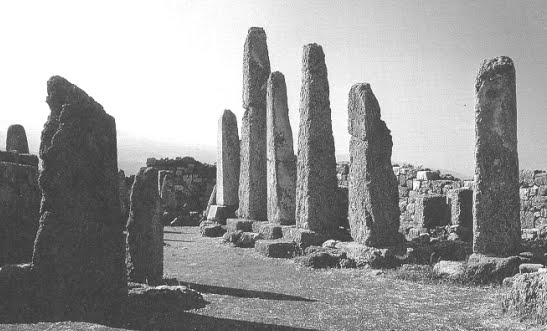Modeling second millennium BCE Polytheisms in the Eastern Mediterranean

The project “Godscapes: Modelling second millennium BCE Polytheisms in the Eastern Mediterranean” aims to investigate the religious interactions between the different civilisations of the Near East as a premise of the process that will lead to Israelite monotheism in the First Millennium BC.
Near East during the Second Millennium BC represents a fundamental case study for understanding the mechanisms of religious evolution, particularly as a consequence of syncretism and hybridisation. The economic, political, military, and cultural relations between Syria, Lebanon, Palestine and Egypt are particularly close during this period, fostering an intense exchange of men, objects and ideas. The aim of the project is to restore the complexity of this cultural network by making the data from the different fields of study interact. In this way, the project will study how the penetration of exogenous elements influenced local polytheisms as a model for understanding the emergence of monotheism in the next millennium.
To achieve this objective, the Godscapes project adopts the Semantic Web computational model to input, catalogue and correlate within a database the funerary, architectural, iconographic and textual aspects of the various religious traditions deduced from selected archaeological sites in the Near East and Egypt.
Project funded by PRIN 2020




